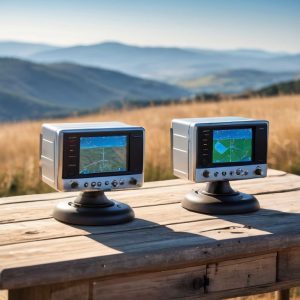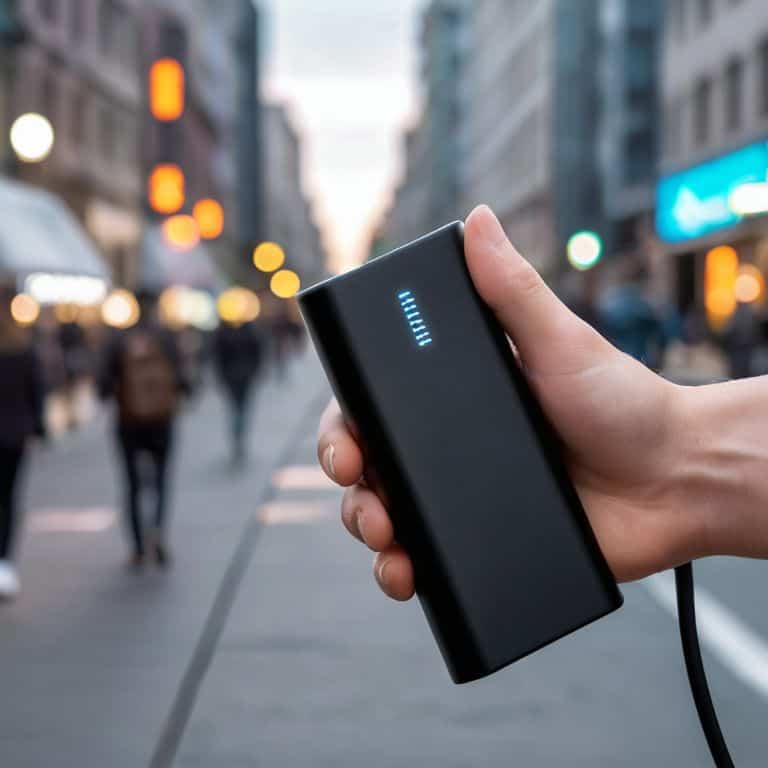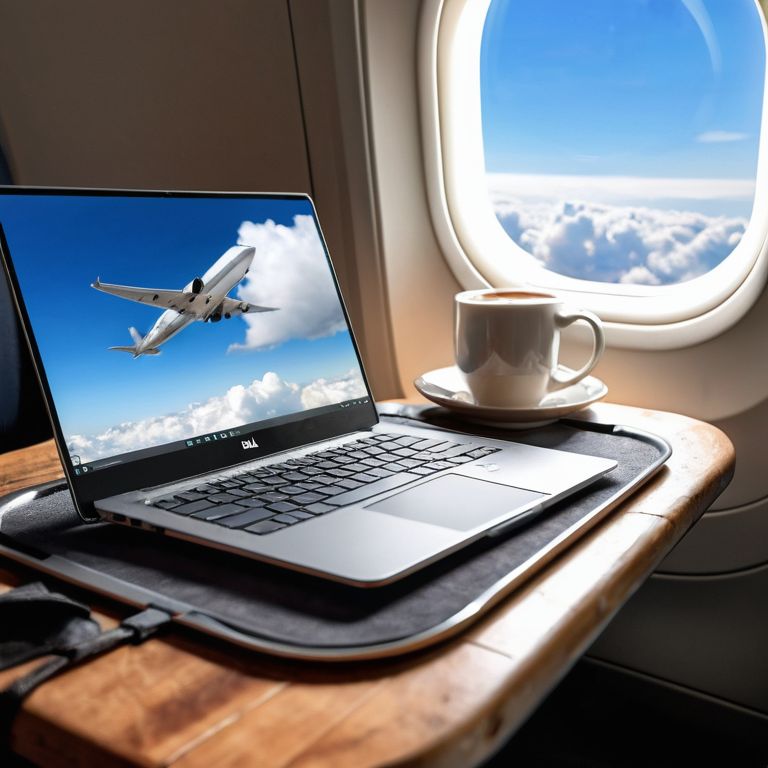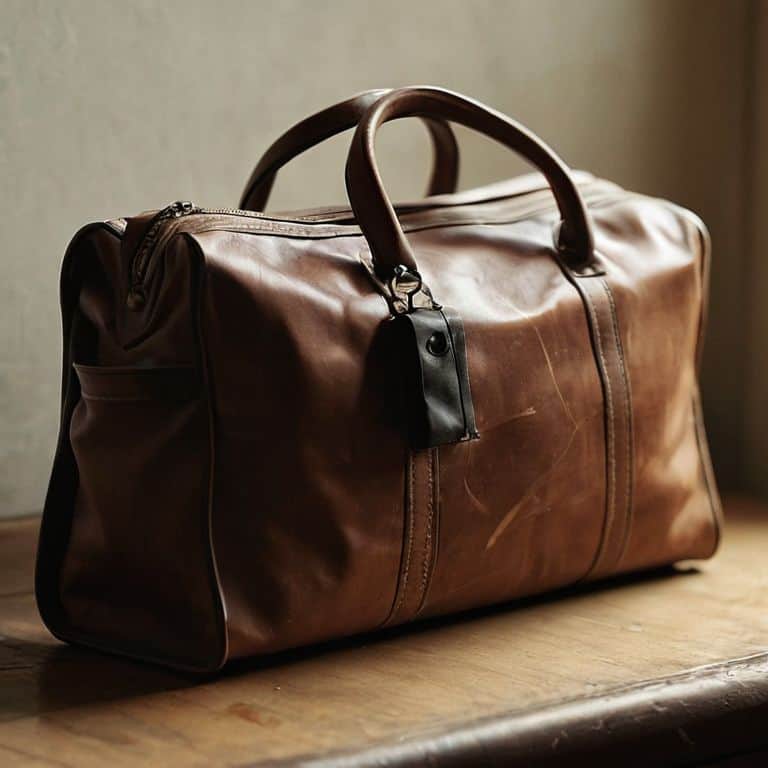I still remember the time my camera died on me in the middle of a shoot in the Atacama Desert – it was a harsh reminder of the importance of how to choose a portable power bank that can keep up with my adventures. I had been searching for the perfect shot for hours, and just as the sun was setting, my battery gave out. It was a frustrating moment, but it taught me a valuable lesson: a good portable power bank is not just a luxury, it’s a necessity for any traveler or photographer.
In this article, I’ll share my honest, no-nonsense advice on how to choose a portable power bank that will keep your devices charged and your adventures uninterrupted. I’ll cut through the hype and focus on the key factors that really matter, from battery life to durability and portability. Whether you’re a fellow travel photographer or just someone who loves to stay connected on the go, this guide will give you the practical tips and insights you need to find the perfect portable power bank for your needs.
Table of Contents
Guide Overview: What You'll Need
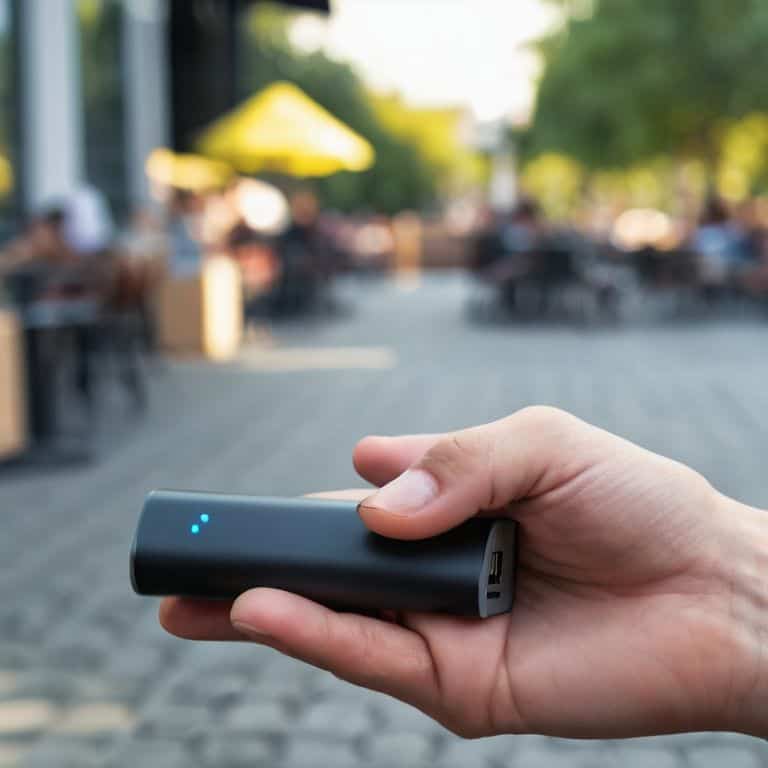
Total Time: 30 minutes to 1 hour
Estimated Cost: $20 – $100
Difficulty Level: Easy
Tools Required
- Computer or Smartphone (for research)
- Calculator (optional)
Supplies & Materials
- Portable Power Bank (various models and capacities)
- Power Bank Comparison Chart (printable or digital)
Step-by-Step Instructions
- 1. First, assess your power needs by considering the devices you’ll be using on your trip and their respective battery lives. Think about how often you’ll be able to charge your devices and how much power you’ll need to keep them running. For me, it’s all about finding a balance between packing light and having enough power to keep my cameras and drone running.
- 2. Next, research different types of portable power banks, such as lithium-polymer or lithium-ion, and consider their weight and size. As someone who’s always on the go, I need a power bank that’s compact and lightweight, but still packs enough power to keep my devices charged. I look for power banks that are specifically designed for outdoor use and can withstand the elements.
- 3. When evaluating a portable power bank, check the battery capacity, which is usually measured in milliampere-hours (mAh). A higher capacity generally means more charges for your devices, but it also often means a larger and heavier power bank. I aim for a power bank with a capacity of at least 10,000mAh, but balance is key – I don’t want to sacrifice too much portability for extra power.
- 4. Consider the number and type of ports on the power bank. Consider whether you need USB-A, USB-C, or other types of ports to charge your devices. I prefer power banks with multiple USB ports so I can charge several devices at once, but I also look for power banks with fast charging capabilities to minimize downtime.
- 5. Look for a portable power bank with built-in safety features, such as overcharge protection, short-circuit protection, and temperature control. These features can help prevent damage to your devices and ensure safe charging. I’ve had my fair share of close calls with faulty power banks, so I always prioritize safety when making my selection.
- 6. Check the durability and build quality of the power bank. A rugged and waterproof design can provide peace of mind when using the power bank in harsh environments. I put my gear through tough tests, so I need a power bank that can withstand the elements and keep working reliably.
- 7. Finally, read reviews and check the manufacturer’s warranty to ensure you’re getting a high-quality product that’s backed by reliable support. I’ve learned to trust my instincts when it comes to gear, and if a power bank seems too good to be true, it probably is. Look for power banks from reputable manufacturers that offer a reasonable warranty and good customer support.
Choosing Right Power Banks
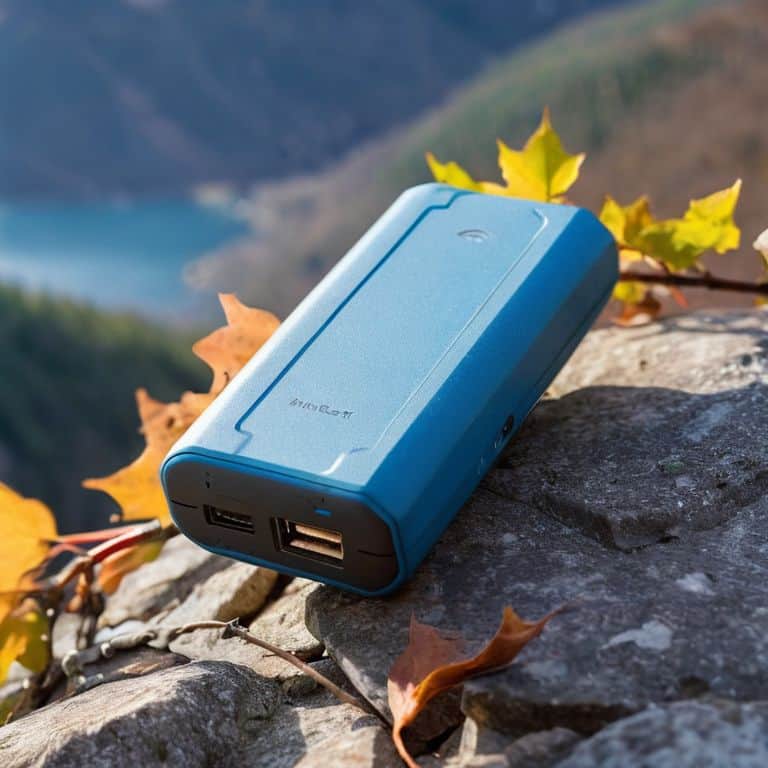
When it comes to selecting the right power bank, I always look for high capacity power bank brands that can keep up with my demanding travel schedule. There’s nothing worse than being in the middle of nowhere, only to realize your power bank is out of juice. I’ve learned to prioritize fast charging power bank reviews to ensure I can quickly top up my devices on the go. Whether I’m reviewing a portable power bank for camping or a compact option for city breaks, I need to know it can deliver.
In my experience, the best power bank for travel is one that balances capacity with compact design. I’ve tested countless options, from slim and sleek to bulky and heavy, and I can confidently say that compact power bank designs are the way to go. Not only are they easier to carry, but they’re also less likely to get damaged in transit. When evaluating power banks, I consider factors like size, weight, and durability to ensure they can withstand the rigors of travel.
As a travel videographer, I need my gear to be reliable and safe. That’s why I always look for power banks with built-in power bank safety features, such as overcharge protection and short-circuit prevention. It’s not just about finding a power bank that works – it’s about finding one that will keep my devices, and me, safe on the road. By prioritizing these factors, I can focus on capturing stunning footage, rather than worrying about my gear.
Compact Safety Features
When I’m trekking through the wilderness, the last thing I want to worry about is my power bank catching fire or overheating. That’s why I always look for compact safety features like overcharge protection, short-circuit prevention, and thermal protection. These tiny guardians can make all the difference between a safe, enjoyable trip and a disastrous one. I’ve had my fair share of close calls, but with the right power bank, I can focus on capturing the perfect shot, not putting out flames.
I’ve tested numerous power banks in extreme conditions, from scorching deserts to freezing tundras, and I can attest that these safety features are non-negotiable. A reliable power bank with built-in safety measures gives me the peace of mind to push my gear to the limits, knowing I’ve got a trustworthy backup that won’t let me down.
Fast Charging on the Go
When I’m in the midst of capturing a breathtaking sunset or hiking to a remote location, the last thing I want to worry about is my gear running out of juice. That’s why fast charging on-the-go is a total lifesaver. I look for power banks that can quickly top off my devices, even when I’m miles from the nearest outlet. A high-capacity power bank with rapid charging capabilities can be a game-changer, allowing me to keep shooting, navigating, or communicating without interruption.
I’ve found that power banks with USB-C PD (Power Delivery) or QuickCharge technology can charge my devices up to 75% faster than standard chargers. This means I can quickly recharge my camera, phone, or drone, and get back to capturing the moment. Whether I’m on a long hike or navigating through bustling cities, fast charging on-the-go gives me the freedom to focus on my adventure, not my battery life.
Power Up: 5 Essential Tips for Choosing the Right Portable Power Bank
- Look for a power bank with a high capacity battery that can charge your devices multiple times, but don’t sacrifice portability for power – I like to think of it as finding the perfect backpack for your batteries
- Check the charging speed, opting for power banks with fast charging capabilities to get you back on the go quickly, especially when you’re in the middle of nowhere and every minute counts
- Consider the number of ports and their types, ensuring the power bank can charge all your devices at once, from your camera to your phone, and that it’s compatible with your gear
- Don’t overlook the importance of durability and build quality – a rugged power bank can withstand the rough and tumble life of a traveler, and it’s worth investing in one that can keep up with your adventures
- Pay attention to the battery management system and safety features, such as overcharge protection and short-circuit prevention, to ensure your power bank is reliable and safe to use, even in extreme environments
Key Takeaways for Choosing the Right Portable Power Bank
Picking a portable power bank with a high capacity and multiple USB ports can be a lifesaver on long trips or in areas with limited power outlets
Fast charging capabilities and compact safety features like overcharge protection and waterproofing are must-haves for any serious traveler or adventurer
When selecting a portable power bank, consider your specific power needs, the durability of the device, and its overall weight and portability to ensure it can keep up with your active lifestyle
Powering Your Adventures
A portable power bank is only as good as its ability to keep up with your worst-case scenario – so don’t just look at specs, think about the moments you can’t afford to lose power, and choose one that’s got your back in the darkest of skies or the most remote of landscapes.
Rachel Bennett
Empowered to Explore
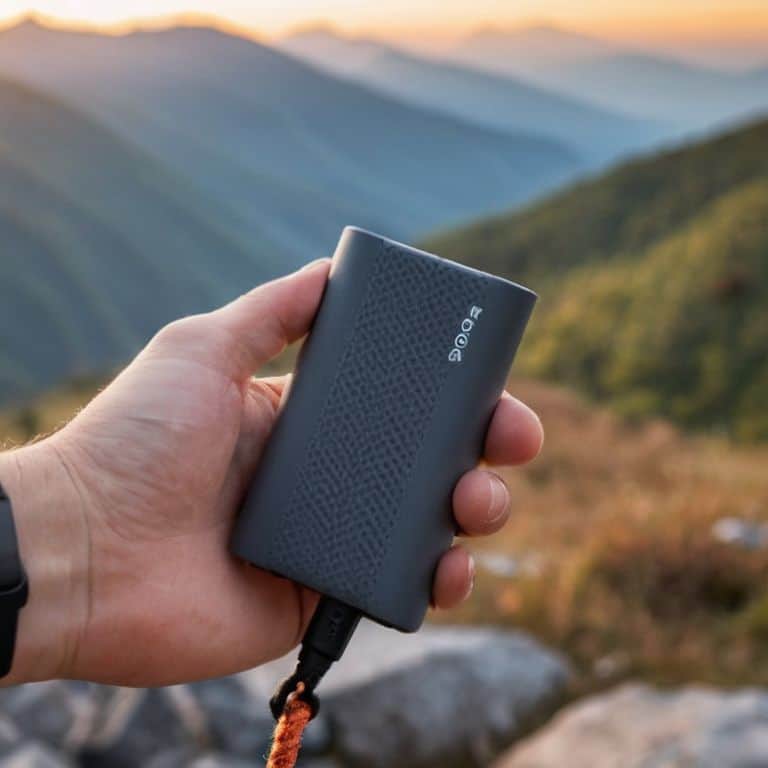
As I wrap up this guide on how to choose a portable power bank, I want to emphasize the importance of considering your specific needs and adventures when making your selection. From fast charging on-the-go to compact safety features, it’s crucial to find a power bank that aligns with your lifestyle. Whether you’re a fellow travel videographer or just someone who loves to stay connected in the great outdoors, having the right power bank can be a game-changer. By following these steps and considering your options carefully, you’ll be well on your way to finding the perfect portable power bank to keep your devices charged and your adventures uninterrupted.
So, the next time you’re planning a trip or excursion, remember that having the right gear can make all the difference. Don’t let a dead battery hold you back from capturing that perfect shot or staying in touch with loved ones. With the right portable power bank by your side, you’ll be free to focus on what really matters – immersed in the moment and making the most of your time in the great outdoors. Happy adventuring, and I look forward to sharing more of my own travels and gear reviews with you in the future!
Frequently Asked Questions
What's the ideal power capacity for a portable power bank to keep my devices charged throughout a week-long camping trip?
Honestly, for a week-long camping trip, I’d recommend a power bank with at least 20,000mAh capacity – that way, you can charge your devices multiple times without running out of juice in the wilderness.
How do I know if a portable power bank is safe to use with my specific device, such as a high-end camera or smartphone?
When it comes to safety, I always check the power bank’s specs against my device’s requirements – look for compatibility and matching voltage, amps, and wattage to ensure a safe charge for your high-end camera or smartphone.
Are there any specific features I should look for in a portable power bank to ensure it can withstand extreme weather conditions and rough handling?
For withstanding extreme weather and rough handling, I look for power banks with IP67 ratings or higher, which means they can handle dust, water, and even being submerged. I also check for reinforced materials and shock-absorbing designs – it’s all about finding that perfect balance between durability and portability.



